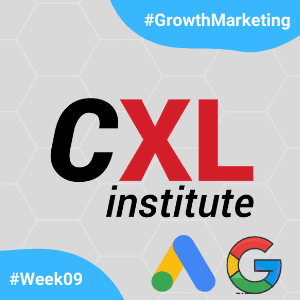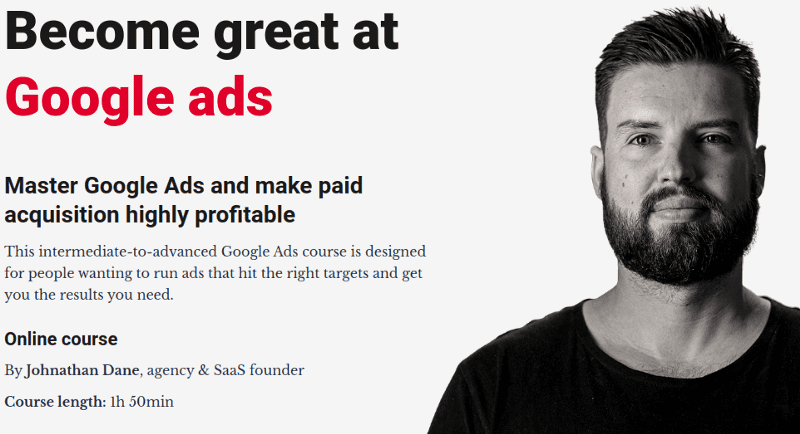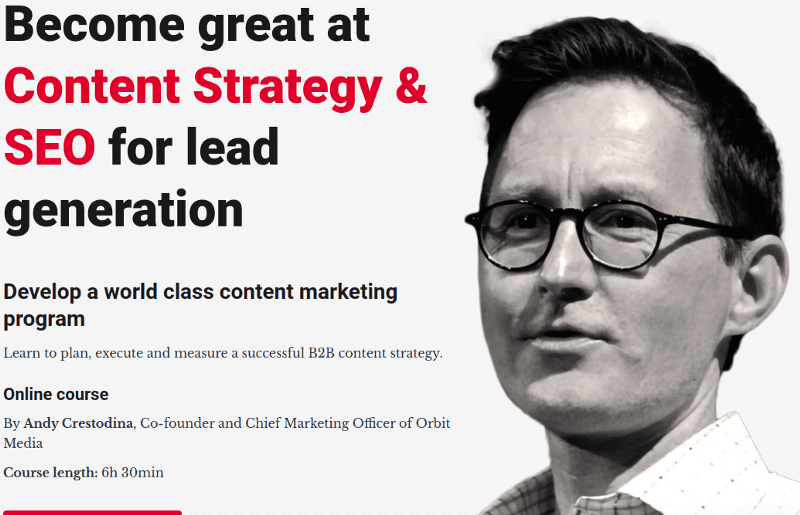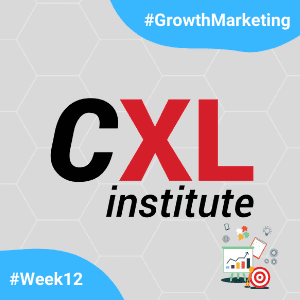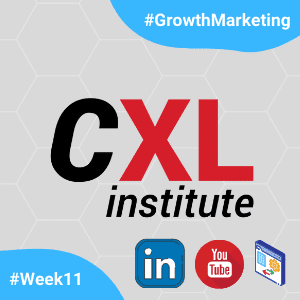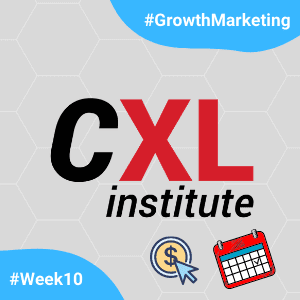Another week of progress of the Growth Marketing Minidegree at the CXL Institute. Today I complete the 9th week of learning on the CXL’s Scholarship Program, which consists of 12 weeks, and in each of them, I increase my knowledge on Growth Marketing subjects.
Every week, as part of the program, I make available a text containing a summary of my main learnings. So far, I have already written the following texts:
- Week 01: organization of the course and the relevance of the topic.
- Week 02: importance of carrying out growth experiments.
- Week 03: A / B tests and fundamentals of statistics for more assertive results.
- Week 04: Google Analytics for beginners. Main features, reports and analysis.
- Week 05: Intermediate Google Analytics. More advanced features, personalized views and methods to find solutions.
- Week 06: Google Tag Manager for Beginners. Basic features of an essential tool for collecting user behavior data.
- Week 07: Conversion Studies with Landing Page Optimization courses, to create pages that convert, and Product Messaging, to send the right message.
- Week 08: Start of the most technical module of the course, Channel-specific growth skills, with courses on Facebook Ads, Email Marketing and Messaging Strategy.
In this week’s text, I keep writing about the journey within the Channel-specific growth skills section, now studying the courses of Google Ads and Content Strategy for lead generation, part of the 13 courses within the section, as presented in last week’s text. The focus of this week will be on Google, one of the main digital channels, for paid or organic strategies. Below, I have separated some of the main points of each one of the courses.
Google Ads
The course on Google Ads the CXL Institute, taught by Johnathan Dane and approximately 2 hours, aims to clarify how to make this channel work for a specific business necessity. The course is from an intermediate to advanced level, that is, it already requires that we have a minimum of experience and understanding about the tool. Johnathan presents the ruthless prioritization framework, which provides well-defined rules to be followed to always run ads that reach the desired audience in the right way.
The course taught by Johnathan was divided into 17 short lessons. The instructor starts by covering some basic topics to understand what kind of information the tool can provide depending on the product for which the ad strategy is being used. Having defined what the tool can offer, we start with the objective part and how to be productive in the pursuit of the stipulated goals.
To increase productivity, Johnathan deals with how to identify what works and what doesn’t from a simple structure of ad groups, and shows how to use the native tools of Google ads, which contains the most accurate data, to build strategies consistent with the objective . Despite many features available, the instructor also shows how there are opportunities in external tools, such as SpyFu, SEMRush, among others.
Next, we look at PPC temperatures and how the conversion intent differs from Google Search. The instructor explains how to use the PPC temperatures law to structure campaigns that generate higher ROI, either in the traditional version of advertisements or through Displays, Youtube and Shopping.
In the next part, Johnathan shows details about the Google Ads interface and how to take advantage of different opportunities that the tool allows. In this section of the course, we start with the Main Dashboard, which contains a summary of the main information, we go through the Campaigns, understanding the types, objectives and configurations available, and we go to Ad Groups, covering the strategy of building groups that make sense. Finally, we see about features that the tool offers us, such as filters, scripts, rules, Google Ads Editor and Kite Software.
In the last few lessons, Johnathan deals with optimization and scalability. For optimizations, we see weekly and monthly routines in order to always expand the strategies of what is working. Testing frequently is important for a successful optimization process. When the cost per conversion and return on investment are at an acceptable level, the next step is to scale the strategy. To this end, the instructor shows how to expand keywords, channels within Ads (display, youtube, shopping), audiences, among others.
Content strategy and SEO for lead generation
In the course Content strategy and SEO for lead generation, Andy Crestodina shows, at approximately 6h30, the importance of content on a website. Content is part of every step in the sales funnel and is critical to conversion. In 6 lessons, we see how to master the Content Strategy and how to consistently generate high quality leads.
In the initial part of the course, Andy deals with the concept of Content Strategy. It defines content marketing as the opposite of advertising, since while ads buy the attention of the public, the content earns the attention little by little. We see the importance of mastering traffic and conversion, using content, subjects and formats, to master each part of the sales funnel. With a well-defined strategy, we started with the optimization part, the topic of the second class, in which the instructor deals with details on how to better position our webstie in the search engine rankings.
After that, Andy shows the best practices on how to create content that is easily consumed by users and that can be promoted without major obstacles. Also on how to promote content, the next class deals with collaboration, networking and influencers, explaining how to maintain relationships with other digital creators in order to leverage the reach of the content and improve the positioning in search engines.
Even with well-produced and properly promoted content, the content program may still not be sufficient to achieve the desired goals. The Process, production, efficiency class deals with some ways to make the program more efficient and consistent.
Finally, in the last class, Andy addresses the importance of measuring the results of the content produced, so that they make sense not only for the messaging strategy, but also financially.
Next week…
I will continue the journey inside the Channel-specific growth skills section, starting with the courses on Retention, PPC and SEO driven editorial calendar. Those new subjects, combined with my newly acquired Google skills (paid and free) will generate incredible combinations! I’m already anxious.
More on that next week! See you then.
